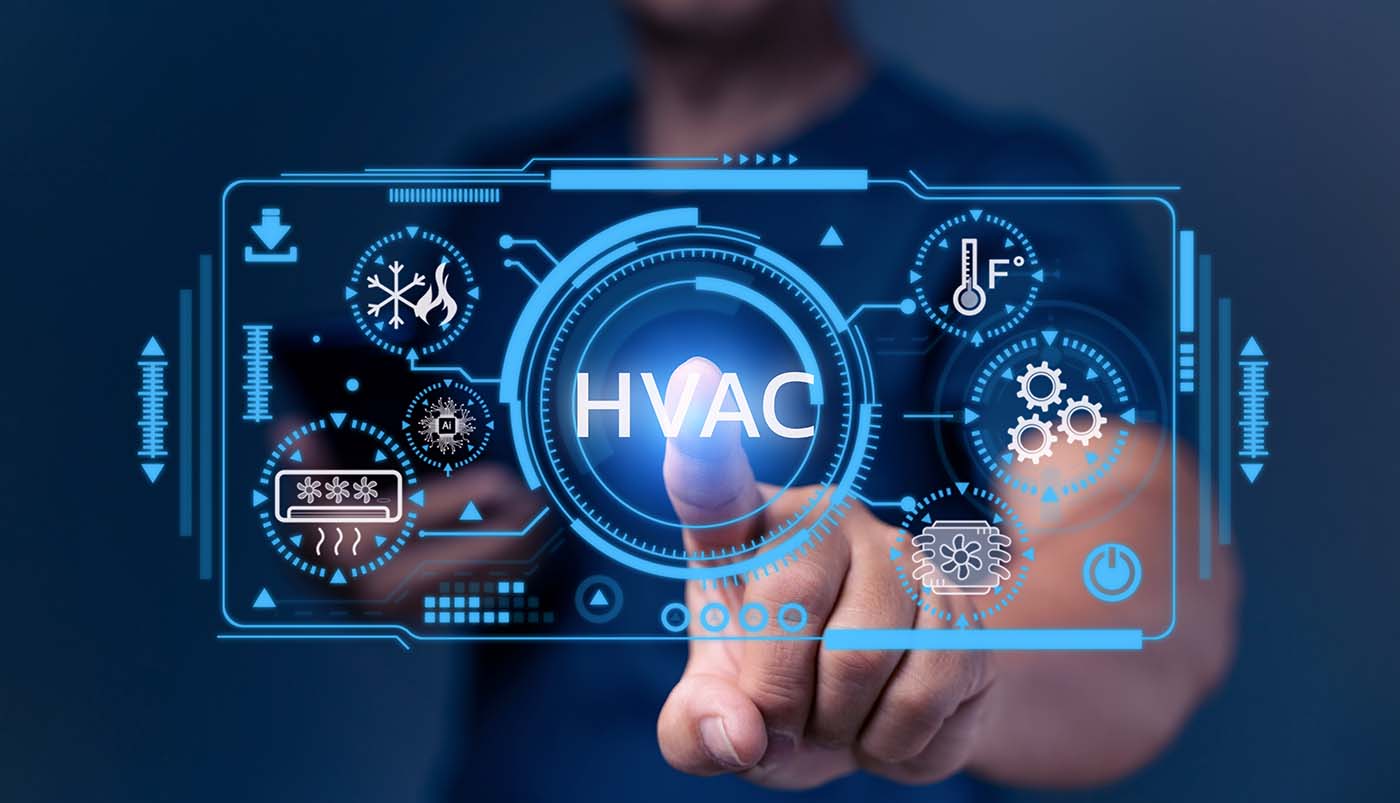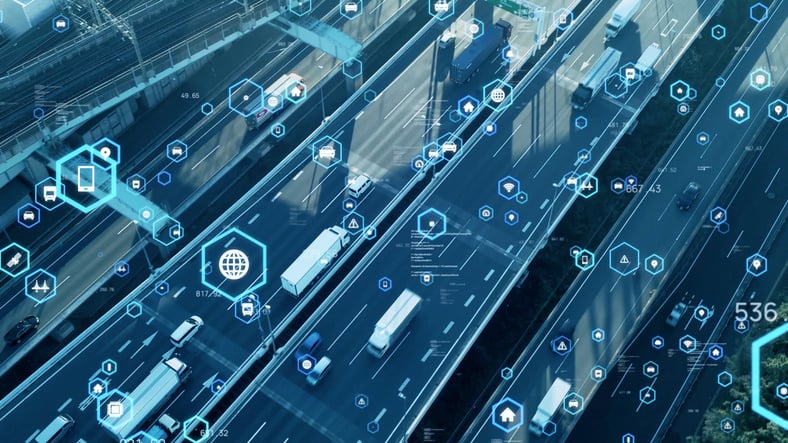In recent years, the automated tuning of HVAC using AI has emerged as a revolutionary approach to enhancing comfort and energy efficiency in various environments. As the world increasingly relies on smart technology, industries and individuals are turning to artificial intelligence to optimize their heating, ventilation, and air conditioning systems. This article delves into the intricacies of how AI is transforming the HVAC landscape, making it more efficient and responsive to our needs.

Understanding HVAC Systems
To comprehend the impact of AI on HVAC systems, it’s crucial to first understand how these systems function. HVAC systems are responsible for regulating the temperature, humidity, and air quality within a building. They play a vital role in maintaining comfortable indoor environments, whether in homes, offices, or industrial settings. Traditional HVAC systems, however, often require manual adjustments and can be energy-intensive.
The Role of AI in HVAC
Artificial intelligence has introduced a new era of precision and efficiency to HVAC systems. By utilizing advanced algorithms and machine learning capabilities, AI can analyze a vast array of data points and make real-time adjustments to optimize system performance. This results in reduced energy consumption, lower operational costs, and improved occupant comfort.
How AI Enhances Energy Efficiency
One of the primary benefits of integrating AI into HVAC systems is the enhancement of energy efficiency. AI-powered systems can identify patterns in energy usage and predict when adjustments are needed to maintain ideal indoor conditions. This proactive approach minimizes unnecessary energy expenditure and reduces the carbon footprint associated with HVAC operations.
Improving Air Quality with AI
In addition to energy efficiency, AI technology contributes to improving indoor air quality. By continuously monitoring air quality parameters, AI-enabled HVAC systems can detect pollutants and allergens, triggering air purification processes when necessary. This ensures a healthier and more comfortable environment for occupants.
Implementing AI in HVAC: A Step-by-Step Guide
For those considering implementing AI in their HVAC systems, it’s essential to follow a structured approach. Here is a step-by-step guide to ensure successful integration:
1. Assess Your Needs
Begin by assessing your specific HVAC needs and objectives. Determine what aspects of your system you wish to optimize with AI technology, whether it’s energy efficiency, air quality, or system diagnostics.
2. Choose the Right AI Solution
Select an AI solution that aligns with your goals. There are various providers offering AI-powered HVAC solutions, each with unique features and capabilities. Research and choose a solution that best fits your requirements.
3. Integrate and Test
Once you’ve chosen an AI solution, integrate it into your existing HVAC system. Conduct thorough testing to ensure seamless operation and identify any potential issues that may arise during the integration process.
4. Monitor and Optimize
After successful integration, continuously monitor the performance of your AI-enabled HVAC system. Analyze data and make necessary adjustments to optimize performance and achieve your desired outcomes.
Real-World Applications of AI in HVAC
The implementation of AI in HVAC systems is not just theoretical; it has already made a significant impact in various real-world applications. For instance, many commercial buildings and industrial facilities are using AI to achieve energy savings and enhance indoor climate control. Additionally, residential properties are benefiting from AI-driven HVAC systems that offer personalized comfort settings and improved air quality.
Case Study: Smart Buildings
In smart buildings, AI plays a pivotal role in optimizing HVAC operations. By analyzing occupancy patterns and environmental conditions, AI can adjust heating, cooling, and ventilation systems in real-time, ensuring optimal comfort while minimizing energy consumption. For more insights on smart HVAC systems, you can visit smart HVAC systems.
The Future of HVAC with AI
The future of HVAC systems is undeniably intertwined with the advancements in artificial intelligence. As AI technology continues to evolve, we can expect even greater innovations in the field of climate control. From predictive maintenance to advanced diagnostics, AI will further streamline HVAC operations, making them more efficient and sustainable.
AI-Powered Predictive Maintenance
Predictive maintenance is a game-changer for HVAC systems. By utilizing AI, HVAC systems can predict potential breakdowns and schedule maintenance before issues arise. This proactive approach reduces downtime and extends the lifespan of HVAC equipment. Learn more about predictive maintenance.
AI in HVAC Diagnostics
AI technology is also transforming HVAC diagnostics. By analyzing data from sensors and system components, AI can identify anomalies and diagnose issues with unparalleled precision. This leads to faster repairs and reduced operational disruptions. Discover how AI is used in HVAC diagnostics.
Challenges and Considerations
While the benefits of AI in HVAC are significant, there are also challenges and considerations to keep in mind. Implementing AI technology requires initial investment and ongoing maintenance. Additionally, data security and privacy are important concerns, as AI systems rely on vast amounts of data to function effectively.
Addressing Data Security
To mitigate data security risks, it’s crucial to implement robust cybersecurity measures. Ensure that your AI-enabled HVAC system complies with industry standards and regulations to protect sensitive information.
Cost vs. Benefits
When considering the implementation of AI in HVAC systems, it’s essential to weigh the costs against the benefits. While AI technology may require an upfront investment, the long-term savings in energy costs and operational efficiency often justify the expenditure.
Conclusion
The automated tuning of HVAC using AI is transforming the way we manage indoor climates, offering improved comfort, energy efficiency, and air quality. With AI’s ability to analyze data and make real-time adjustments, HVAC systems are becoming smarter and more responsive to our needs. As we look to the future, the integration of AI in HVAC will continue to drive innovations, creating more sustainable and efficient environments.
For more information on how AI is revolutionizing HVAC technology, you can read about it at AI in HVAC technology.

FAQ Section
1. What is the role of AI in HVAC systems?
AI plays a crucial role in optimizing HVAC systems by analyzing data and making real-time adjustments to improve energy efficiency, air quality, and system performance.
2. How does AI improve energy efficiency in HVAC?
AI enhances energy efficiency by predicting patterns in energy usage and making proactive adjustments to minimize unnecessary energy consumption.
3. What are the challenges of implementing AI in HVAC systems?
Challenges include initial investment costs, ongoing maintenance, and data security concerns. However, the benefits of improved efficiency and comfort often outweigh these challenges.
This article contains affiliate links. We may earn a commission at no extra cost to you.
